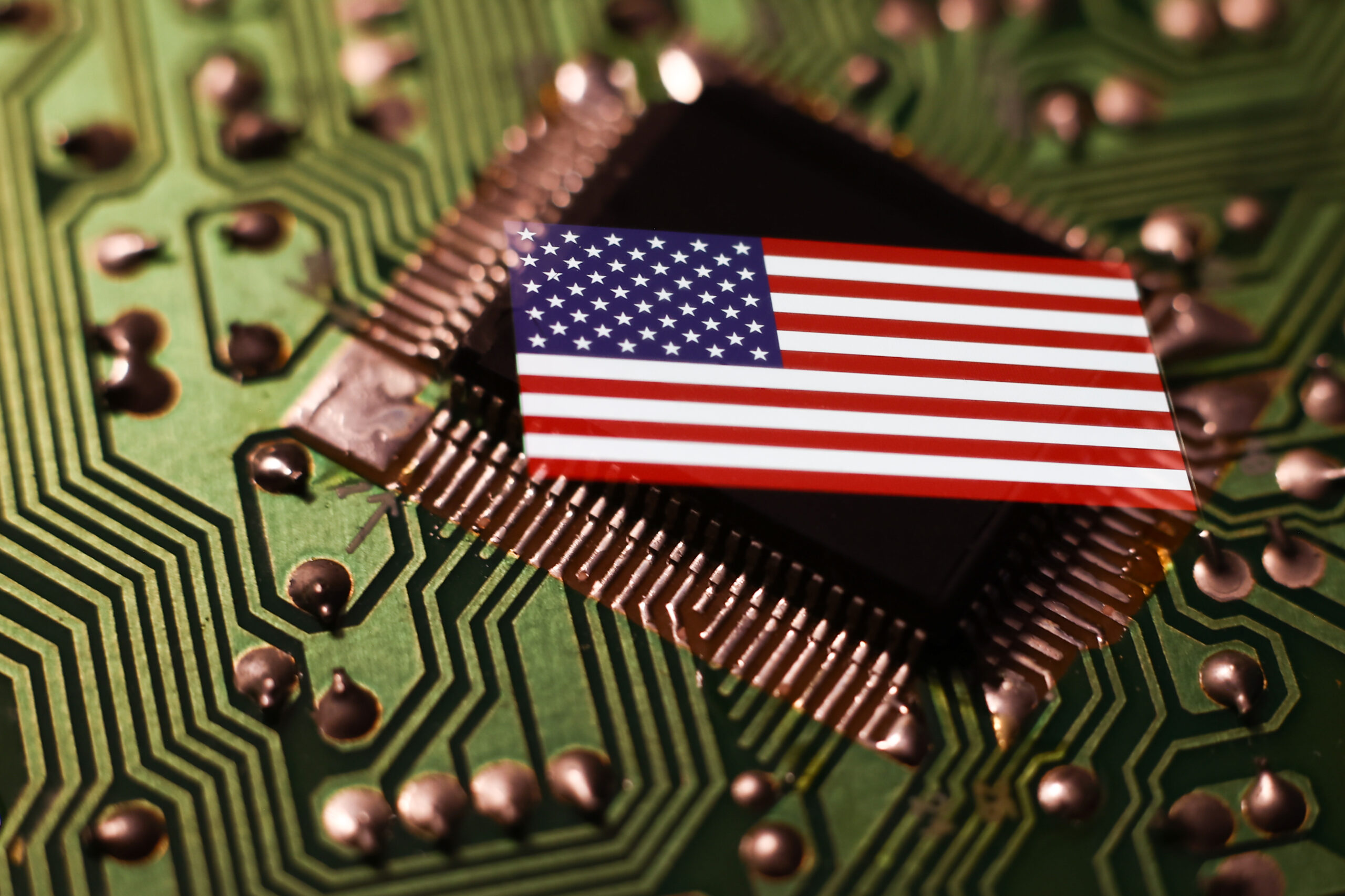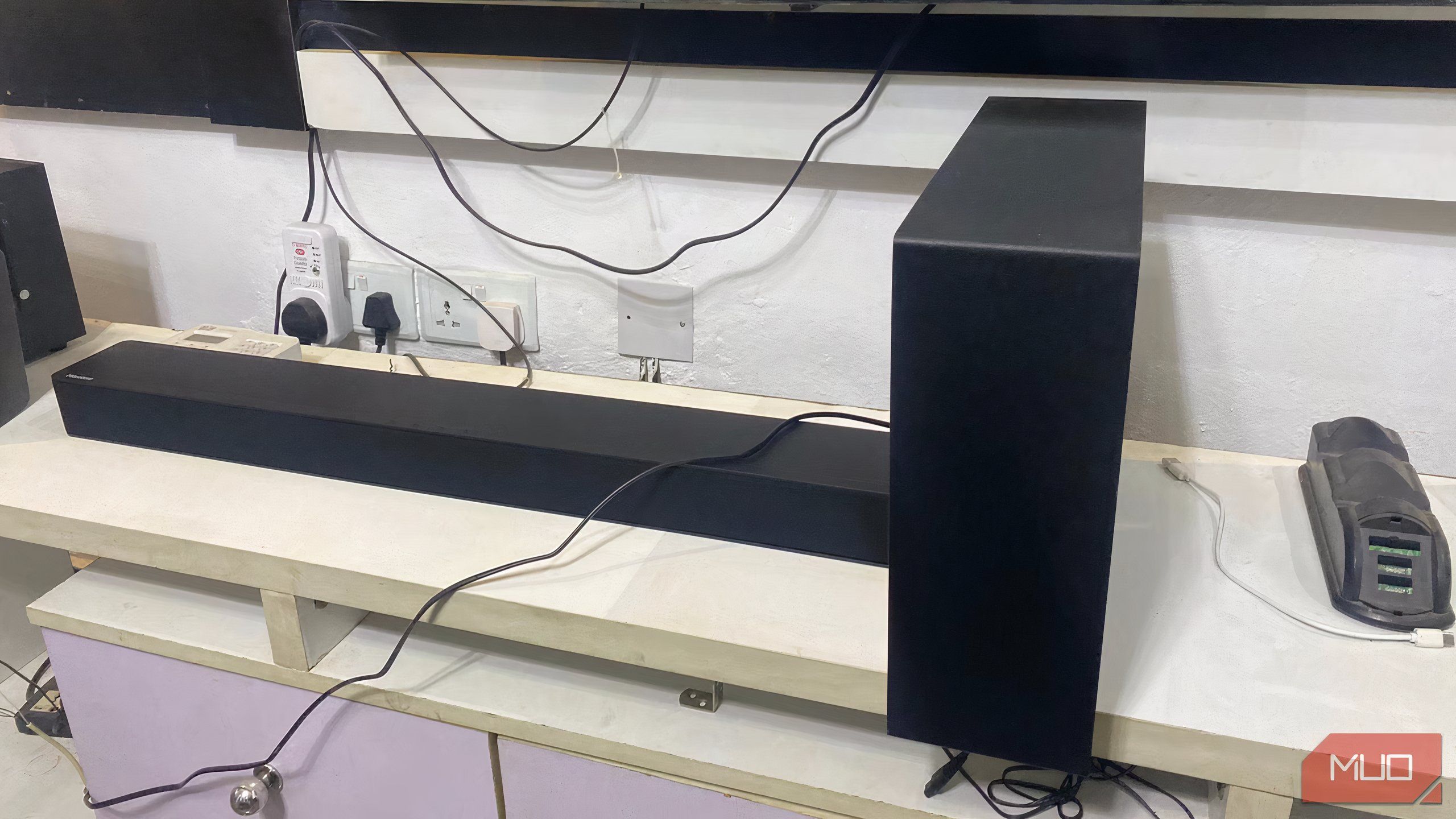As the global race for artificial intelligence (AI) supremacy accelerates, the world’s reliance on one foundational technology—advanced semiconductors—has exposed an increasingly dangerous vulnerability. AI chips, particularly high-performance graphics processing units (GPUs) designed in the United States, are powering breakthroughs in national security, scientific research, and economic growth. These chips are inherently dual-use, meaning that governments and companies can use them to support both civilian and military applications. But these chips are also being diverted at scale into the hands of US adversaries, including China, despite export controls designed to prevent precisely that outcome. It is time to implement a “trusted trade” program to address this growing threat.
The Chip Security Act (CSA), a bipartisan bill introduced in May as H.R.3447 in the House of Representatives and S.1705 in the Senate, seeks to do just that. The CSA would provide a low-burden, high-impact policy solution to a problem that current enforcement tools have failed to solve: the illicit transshipment and diversion of AI chips to adversarial nations. In doing so, the CSA would also support the objectives of the White House’s AI Action Plan and the broader commercial goals of growing US full-stack AI market share overseas while simultaneously securing the semiconductor supply chain.
A growing and persistent threat
AI chips are the cornerstone of economic and military power in the twenty-first century. From autonomous weapons and cyber defense platforms to next-generation surveillance systems, these chips power the technological edge of modern warfare. China is actively working to erode this advantage by circumventing US export controls through elaborate smuggling networks. In 2024 alone, an estimated 140,000 high-performance GPUs—billions of dollars’ worth—were smuggled into China. And the problem is only getting worse—in May, 50 percent of the GPUs shipped to Malaysia were ultimately transshipped to China.
Current enforcement tools have clearly proven inadequate, largely due to the antiquated nature of the export control enforcement regime. The US Department of Commerce’s Bureau of Industry and Security (BIS), the federal agency responsible for enforcing chip export controls, remains under-resourced and lacks the cutting-edge tools required to counter China’s transshipment and illicit evasion networks. The BIS’s limited in-region capacity—there is only a single export-control officer assigned to cover all of Southeast Asia—stands in stark contrast to the billion-dollar smuggling operations it seeks to monitor and disrupt.
Why the Chip Security Act is different
The CSA doesn’t attempt to surge BIS personnel to Southeast Asia or rebuild the export control system from the ground up. Instead, it would introduce a surgical fix: location verification for chips exported abroad. If a chip shows up outside its authorized destination, the exporter would be required to notify the BIS. This automation would enable global, scalable export control enforcement—helping to augment and partially replace archaic Cold War-era end-use inspection systems that have historically inspected less than 1 percent of goods for end-use violations.
It is important to recognize that location data alone cannot fully determine end use. This is especially the case for dual-use goods such as advanced chips, where the true strategic risk lies in the computational and analytical capabilities they enable. Therefore, location information must also be paired with complementary intelligence and continuous monitoring. Other critical factors to determine the potential for harmful end use include corporate ownership, the composition of senior leadership, operational behavior, known diversion patterns, and the strength of cloud access controls at the data centers in question. These additional factors are especially vital to ensure that chips approved for export to third countries such as Malaysia do not ultimately end up in data centers owned by adversarial entities operating within those jurisdictions.
Crucially, though, the CSA is not overly prescriptive on how to achieve these objectives. For example, the CSA avoids mandating a specific location verification technology. Instead, it allows for industry-led implementation using already available methods, such as firmware-based geolocation checks or Delay-Based Location Verification systems. These tools offer privacy-preserving and nonintrusive methods to confirm a chip’s location without monitoring user activity or enabling surveillance. It’s an approach that balances security with commercial viability—and it’s deployable today.
Learning from past failures
The CSA builds on the hard lessons of previous legislative and regulatory efforts. Export controls under the Export Control Reform Act and the CHIPS and Science Act have failed to address transshipment and empower the BIS with the resources and technology needed to enforce its global mission. Moreover, past proposals to hardwire chips with geofencing capabilities or mandate “kill switches” faced strong industry resistance due to concerns over cost, reliability, and the potential effect on international sales. These ideas either stalled or were watered down beyond usefulness. In contrast, the CSA reflects feedback from both national security experts and chipmakers, emphasizing modularity, cost-effectiveness, and scalability.
Expanding US and Western AI dominance through trusted trade
The misuse of advanced chips is not just a US concern—it poses a global threat. When semiconductors are diverted to unauthorized end users, they can fuel authoritarian control, destabilize markets, and erode allied innovation ecosystems. Recognizing this, key US allies such as Japan and the Netherlands have taken steps to restrict high-end semiconductor and equipment exports to China. Yet enforcement across jurisdictions remains porous due to a lack of verifiable, end-to-end visibility. The CSA methodology can address this gap in the allied export control system by enabling continuous, software-based location verification and lifecycle tracking—empowering companies to demonstrate responsible export behavior without sacrificing speed, scale, or profitability.
The CSA provides an alternative to the false binary often facing policymakers: either impose broad restrictions that hinder legitimate commerce or tolerate unchecked smuggling that threatens national security. Instead, the CSA would deliver precision enforcement, targeting violators without penalizing compliant firms. By embedding continuous supply chain visibility into the post-export phase, it would equip both industry and regulators to detect and address illicit diversions before they escalate. This would strengthen US leadership in AI and semiconductor innovation while giving allies a replicable model.
The CSA’s technology-neutral compliance framework opens the door to future coordination under multilateral tech alliances—ensuring chips produced across democratic nations are not funneled into hostile hands. The United States and its allies could help realize this vision by offering technical assistance to help partners and transshipment-prone countries establish robust export control and supply chain surveillance systems. Such capacity-building would close enforcement gaps and ensure harmonization across allied secure trade frameworks. These measures would help lay the groundwork for a coalition of democracies to secure critical technologies and expand Western AI dominance without stifling innovation.
A better path forward
The CSA has steadily gained bipartisan traction, signaling rare alignment in Congress on a forward-looking export control strategy. But like most major policy shifts, it still faces predictable obstacles on the path to implementation. For the CSA to be effectively implemented, Congress and the executive branch should ensure that the BIS has the additional resources, staff, and technologies needed to monitor and implement the trusted trade program. Once location verification systems are deployed, for example, the BIS will be required to continuously monitor the millions of data points the system collects from chips around the world each day. Dedicated staff will be needed to respond to suspicious activities and engage with industry and foreign governments when questions arise.
In addition to the CSA, US supply chain security could be further strengthened if the executive branch requires the BIS to monitor which foreign companies access the cloud and compute capabilities associated with geotagged chips through screening and end-use checks. This policy would buttress the CSA and enable the BIS to finally field a cost-effective, scalable export control enforcement regime for AI that is not cumbersome for industry.
On the business side, industry groups remain wary of potential regulatory overreach in the law’s implementation phase. A public-private partnership with a trusted third party (meaning BIS, a semiconductor company, and a third party that would serve as a “monitor”) could help resolve conflicts and build mutual trust between industry and the government. Public pressure is growing on US companies to cut ties with China, and this type of trusted trade monitorship under the auspices of a public-private program would be a welcome step toward an economic policy and national security consensus.
A call to action
The global contest for AI leadership is not just a race for innovation—it’s a race for control over the infrastructure that will shape economies, militaries, and governance systems worldwide. If passed and implemented effectively, the CSA would strengthen the United States’ position in that contest by enabling US companies to scale exports of advanced chips without losing visibility or control over where those chips end up. Rather than ceding ground to Chinese firms through uncontrolled diversion and black-market transshipment, the CSA would equip US industry to lead. Passing this bill would send a clear signal that the United States is committed to winning the global AI competition not just by building the most advanced technology—but also by ensuring that technology is deployed on terms that reflect US interests and values.
Kit Conklin is a nonresident senior fellow at the ’s GeoTech Center and the senior vice president for risk and compliance at Exiger.
The views expressed are solely those of the author and do not necessarily reflect the views of the or Exiger.

The GeoTech Center champions positive paths forward that societies can pursue to ensure new technologies and data empower people, prosperity, and peace.
Image: A microchip and US flag displayed on a phone screen are seen in this multiple exposure illustration photo taken in Krakow, Poland, on April 12, 2023. Photo by Jakub Porzycki/NurPhoto via Reuters Connect.









